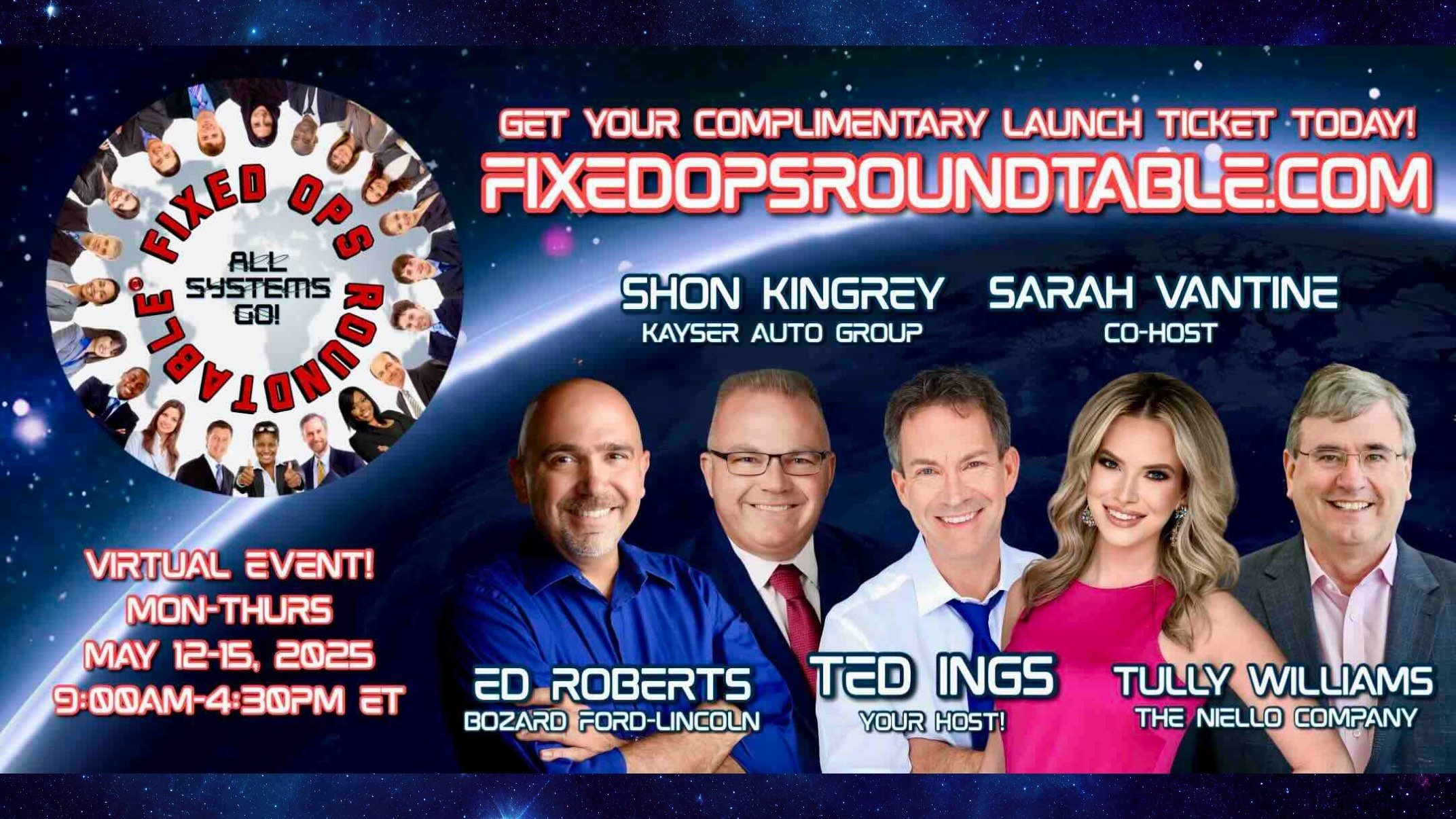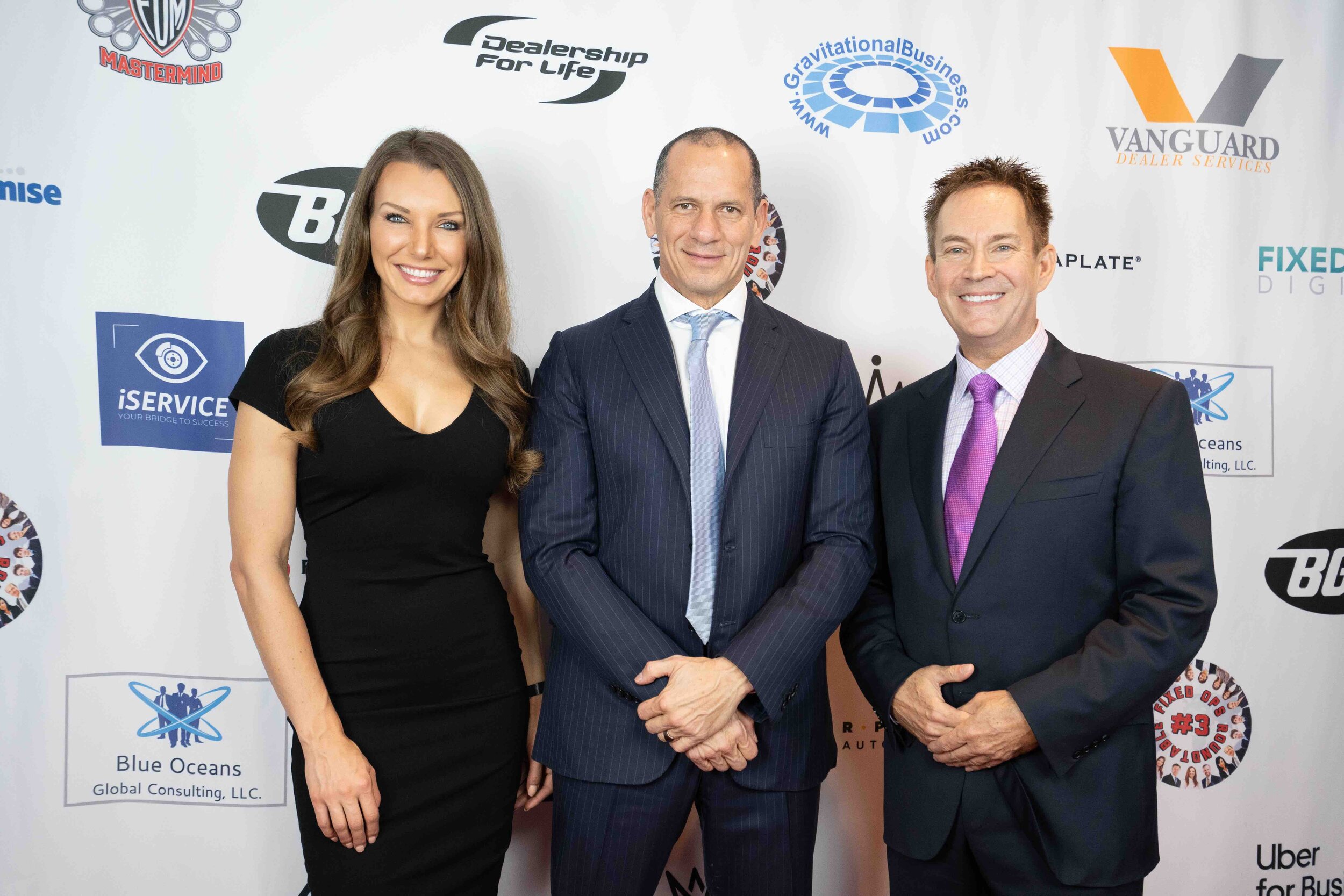What “I’m Just Looking” Actually Means
By Ted Ings, Executive Director
It takes a thick-skinned person to work in the retail automotive industry.
Dealing with rejection is a normal part of life when you’re selling cars, working the business office, or manning the service drive. But being told “No” isn’t always a two-letter word.
There are common objections and rejections you’ll hear in the automotive industry. A salesperson who approaches a shopper on the used car lot will often hear “I’m just looking”. An F&I manager hears “I’ll think about it” more often than they care to admit. At the service desk, “Maybe I’ll get it next visit” is one of the most commonly heard phrases.
It’s just a “Stall” - not an Objection
Hearing these common phrases feels like a beat-down sometimes, but it’s not personal. When you hear one of them – or one of many others – it’s really just a “stall” - not an objection at all. What’s happened is also a very common problem, and it’s that the customer hasn’t yet perceived value in the right way.
Need Ideas? Book a Complimentary "Ask the Expert" Discovery Call with Ted Ings
Exclusively for Dealers, Executive Managers and OEM/Lenders/Suppliers
When someone browsing the used car lot says “I’m just looking” to the salesperson who greets them, they are saying “we don’t need you yet”. It feels like a complete rejection, closing the conversation, but it’s really an objection. It leaves the opportunity for the salesperson to ask more questions like, “are there any vehicles you’d like to take a closer look at?” or “There are hundreds of cars on the lot. Can I help direct you to the vehicles that might fit your needs?”
WHO NEEDS TRAINING AT YOUR DEALERSHIP?
For the F&I manager who has a non-committal car buyer in their office, and to the service advisor whose customer puts off maintenance until ‘next time’, it’s a slightly different objection with the same motive: the customer hasn’t seen the value in the product.
An opening still exists to expose the underlying concern and to expand on the product or service by asking open-ended questions such as “May I ask what you need to think about?” and “May I ask why you’d like to wait on this service?” Their answer will help guide you in seeing the customer’s perspective and, possibly, finding another angle to present your offering.
WHO IS TED INGS?
When you’re faced with rejection or simply a “stall”, take a brief moment to consider why your customer is actually doing it. You’d be surprised how often further conversation can lead to another opportunity to ask, and even a sale.















